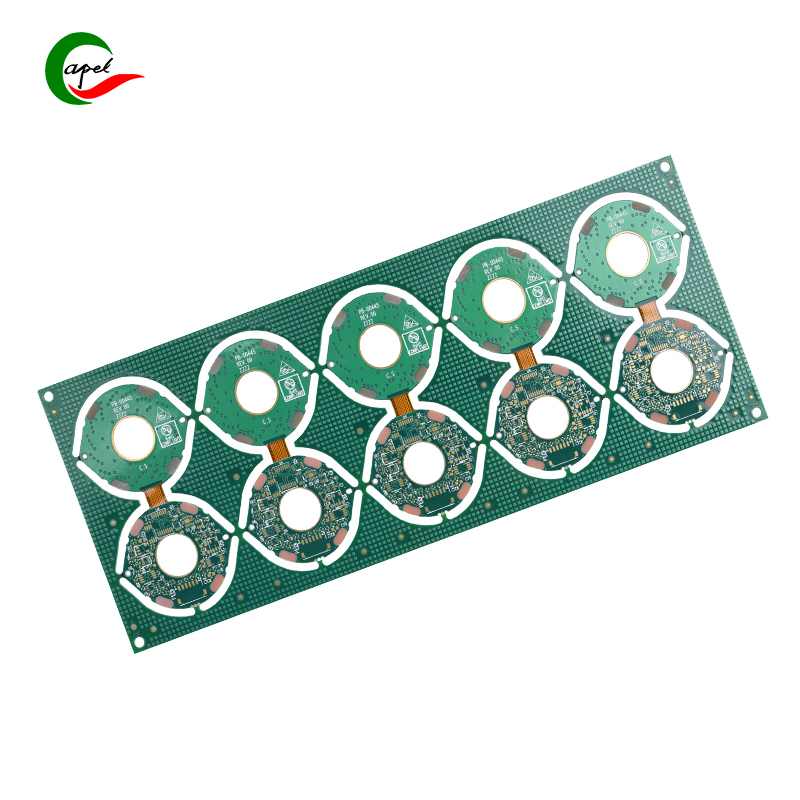Many engineers and designers often face impedance control challenges in rigid-flex PCB designs. This critical aspect ensures signal integrity and smooth operation of the circuit. In this blog post, we will discuss various methods and practices to help you ensure proper impedance control in rigid-flex PCB designs.
1. Understand the basics of impedance control
Impedance is a circuit’s resistance to the flow of alternating current (AC). In PCB design, impedance control refers to maintaining a specific impedance value for signal traces to ensure optimal signal performance. It is measured in ohms and often requires precise control to prevent signal degradation and other performance issues.
2. Consider PCB stackup
The stack-up of rigid-flex boards has a significant impact on impedance control. Carefully planned stacking ensures that the entire circuit reaches the desired impedance level. To achieve this, it is important to carefully select the number and type of layers, dielectric materials, and their thickness. Tools such as signal integrity software can help determine the parameters required for proper impedance control.
3. Design considerations for trace width and spacing
Trace width and spacing directly affect impedance control. Thinner traces generally have higher impedance, while wider traces have lower impedance. It is important to calculate the required trace width based on the required impedance and ensure adequate spacing between adjacent traces to prevent crosstalk and other signal interference.
4. Controlled dielectric materials
The choice of dielectric material also plays a crucial role in impedance control. Different materials have different dielectric constants, which affects the characteristic impedance of the trace. Selecting controlled dielectric materials allows for more precise impedance control. It is recommended to consult the material supplier and use their specifications to ensure accurate impedance calculations.
5. Correct placement of components
Proper placement of components can greatly affect impedance control. Placing high-speed components closely shortens the length of signal traces and minimizes the chance of impedance mismatch. This not only improves signal integrity but also reduces the overall complexity of the design.
6. Impedance controlled routing technology
Routing technology also plays a crucial role in achieving impedance control. Different types of traces, such as microstrip or stripline, have specific impedance characteristics. Use the routing guidelines provided by the manufacturer and simulation software to accurately route high-speed signals while maintaining the required impedance.
7. Verify and simulate impedance
To ensure correct impedance control, the calculated impedance values must be verified and simulated. Signal integrity simulation tools can help analyze the behavior of signals in a design and identify potential impedance-related issues. By simulating various scenarios, you can verify your design and make necessary adjustments for optimal impedance control.
8. Work with PCB manufacturing experts
Working with an experienced PCB manufacturing partner can provide valuable insights into achieving proper impedance control. They can provide advice on manufacturing capabilities, material selection, and help with impedance testing. Their expertise ensures the final product meets the required impedance specifications.
In summary, proper impedance control is critical to ensuring optimal signal integrity and performance in rigid-flex PCB designs. By understanding the basics, considering stackup, trace width and spacing, using controlled dielectric materials, optimizing component placement, employing correct routing techniques, and simulating design, you can ensure you achieve the desired impedance control in your rigid-flex PCB design . Working with a PCB manufacturing expert can further increase the success rate of your design.
Post time: Sep-19-2023
Back







